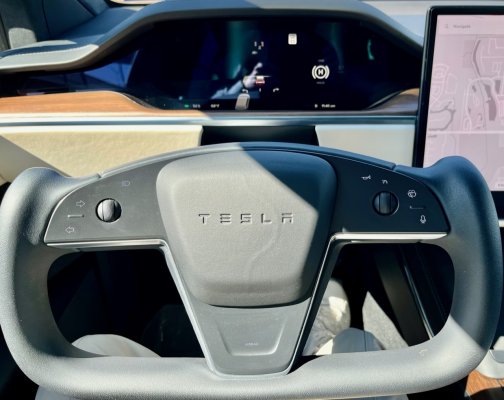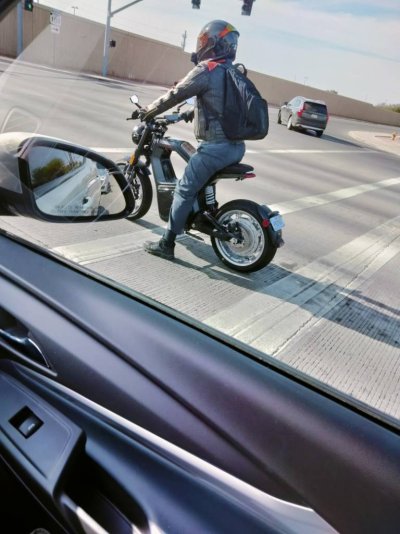We just have to see about the used car market. There is not enough information yet on the experience of owning or buying used a 10+ year old EV car.
If anyone is interested, April's issue of Consumer Reports is a "Cars Only" issue. It covers almost every car being sold in the USA (and I think Canada.) One feature I always like to look at is the "Long Term Reliability" for picking used cars. Unfortunately, they only go back to 2015 this year (although you might interpolate from older issues available at many library reference desks.)
I like the lay out that CR uses. "Best" rating for any particular aspect of reliability is dark green. That means much better than average. As reader reported experiences show issues, the colors go to light green (above average) to yellow (average experience of issues) to light red (below average - aka more reports of problems) to dark red (well below average - aka even more reports of problems. IIRC there are 17 aspects covered (engine, transmission, brakes, body leaks, electrical, etc.)
So, opening the pages, one is often struck that nearly whole pages have the appearance of mostly red. A good example is the page that covers Chevrolet and Ford models. Then there are whole pages which look mostly green such as one showing mostly Toyotas.
Check the relatively few Teslas, it's a mixed bag with quite a mix of green and red. A quick snap shot would suggest to me that with Tesla, the most likely trouble spots are: paint/trim, noises/leaks, body hardware, power equipment, in car electronics for most models. Those Tesla models with good or above average experience are (generally - with exceptions) engine major, engine minor, engine cooling, transmission major, transmission minor, drive system, fuel system, electrical. Most of the other items: Climate control, suspension, brakes, paint/trim, are a mixed bag.
I notice that many of the high scoring Tesla items could be because Teslas don't have them.

So far, CR has not developed a special category for EVs to compete against each other, so EV battery is probably under "fuel" system, but I haven't looked to see if that is the case.
Tesla has the unfortunate luck to be right next to Toyota. While the overall mix of colors looks quite good compared to say Buick or Chevy or Ford, because it's next to Toyota, it sticks out as significantly less reliable.
So, all else equal, I'd not be too concerned about buying a used Tesla if the price were right EXCEPT there's that pesky battery pack which is virtually the only thing that matters - and so far, CR doesn't rate its reliability.
Most of the other EVs are covered as well, but I'm lazy this morning.
Check out the April issue of CR at the Library because YMMV.




